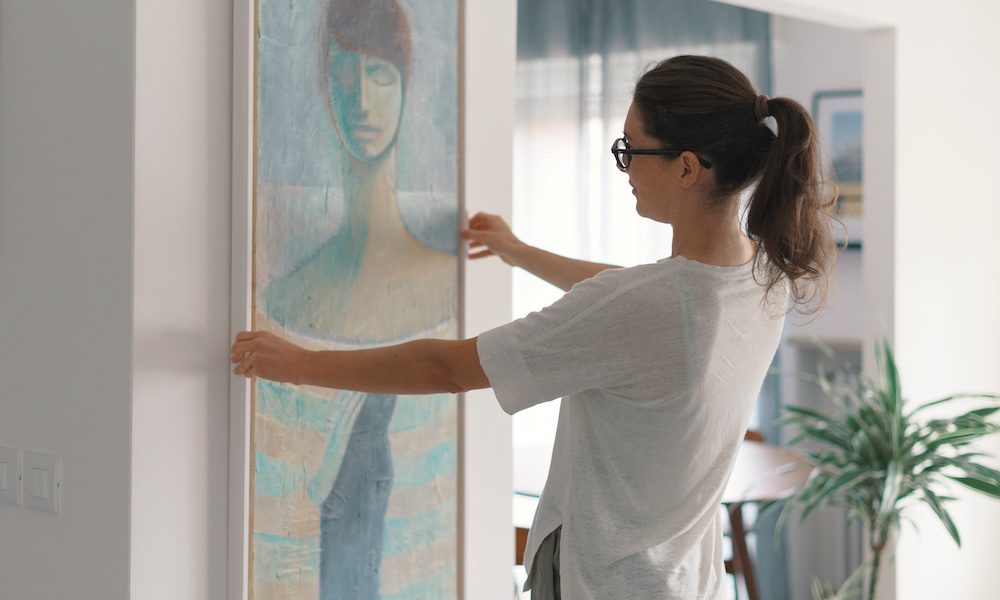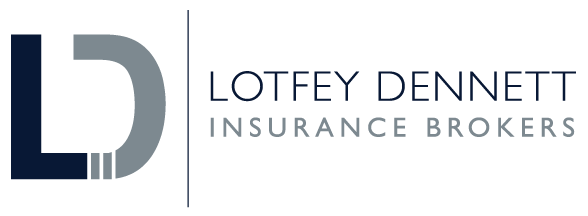Art collecting has become an increasingly popular investment option for high net worth individuals (HNWIs) seeking to diversify their portfolios and potentially generate substantial returns. Investing in art can offer both aesthetic enjoyment and the potential for financial gain. Here’s an examination of the world of art investment, along with tips for acquiring valuable art pieces and navigating the art market:
Understanding Art as an Investment:
• Historical Appreciation: Art has historically appreciated over the long term, providing potential returns for investors.
• Diversification: Art can diversify an investment portfolio, reducing overall risk by being a non-correlated asset.
• Tangible Asset: Art is a tangible asset that doesn’t rely on market performance, making it a good hedge against economic downturns.
How to Acquire Valuable Art Pieces:
• Auction Houses: Participate in art auctions at renowned auction houses like Christie’s, Sotheby’s, and Phillips to acquire valuable art pieces. These auctions often showcase rare and sought-after artworks.
• Art Galleries and Dealers: Build relationships with reputable art galleries and dealers who can provide access to high-quality artworks and offer expert advice.
• Art Fairs: Attend major art fairs, such as Art Basel, TEFAF, and Frieze, where you can view and purchase artworks from a wide range of artists and styles.
• Private Sales and Negotiations: Engage in private sales and negotiations to acquire art directly from collectors, artists, or their estates.
Navigating the Art Market:
• Research and Due Diligence: Thoroughly research artists, art movements, and specific pieces before making a purchase. Understand the artist’s market demand and the potential for future appreciation.
• Consult Art Experts: Seek advice from art consultants, appraisers, or curators who can guide you in making informed decisions and authenticate artworks.
• Consider Art Funds and Investment Platforms: Explore art investment funds and online platforms that allow investors to buy shares in a diversified portfolio of artworks.
• Track Market Trends: Stay informed about art market trends, auction results, and art-related news to make informed investment choices.
Factors Influencing Art Prices:
• Artist Reputation and Demand: Established artists with strong reputations and high demand often command higher prices for their artworks.
• Artistic Significance and Style: Artworks that represent a significant period, movement, or style in art history can appreciate in value over time.
• Condition and Provenance: The condition and provenance (ownership history) of an artwork can significantly influence its value.
• Exhibition and Publication History: Artworks that have been exhibited or featured in prestigious publications may have enhanced value.
Risk Management and Authentication:
• Authentication: Ensure the authenticity of the artwork by seeking certificates of authenticity and provenance records.
• Insurance: Insure your art collection against theft, damage, or loss to mitigate financial risks.
• Storage and Conservation: Store and maintain your art pieces in appropriate conditions to preserve their value.
Long-Term Holding and Exit Strategies:
• Long-Term Holding: Consider holding onto artworks for the long term to potentially maximize returns as their value appreciates over time.
• Auction or Private Sale: Determine the best time and method to sell artworks, whether through public auction or private sale, to achieve the highest possible returns.
Art investment requires careful consideration, research, and a long-term perspective. It’s important for HNWIs to collaborate with art professionals and specialists to navigate the complexities of the art market effectively. Additionally, building a diverse art collection that aligns with personal tastes and preferences can enhance the overall experience of art collecting as an investment.

